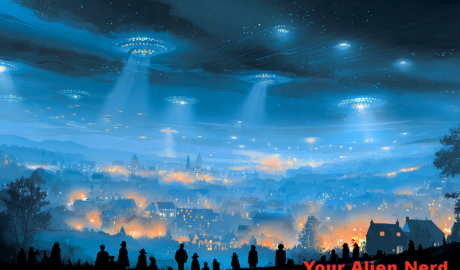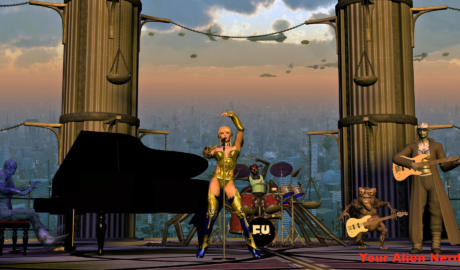Why UFO Waves Mirror Cultural Stress Cycles
If UFOs were simply extraterrestrial spacecraft, their appearances should be randomly scattered evenly across history, geography, and culture. But they aren’t. Instead, UFO sightings surge in waves, clustering around periods of profound social, psychological, and existential stress. These waves rise and fall in uncanny synchrony with moments when human societiesContinue Reading









